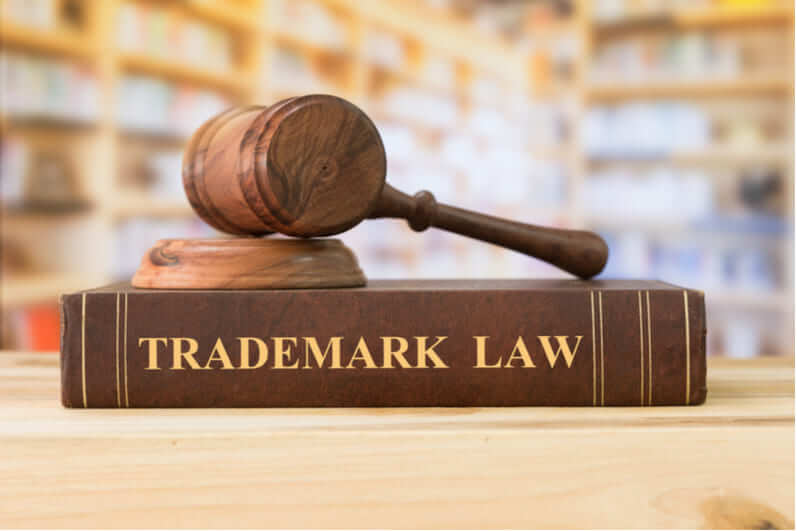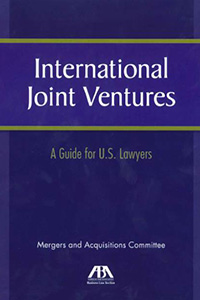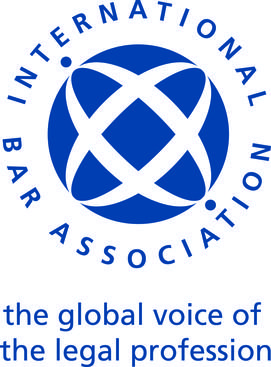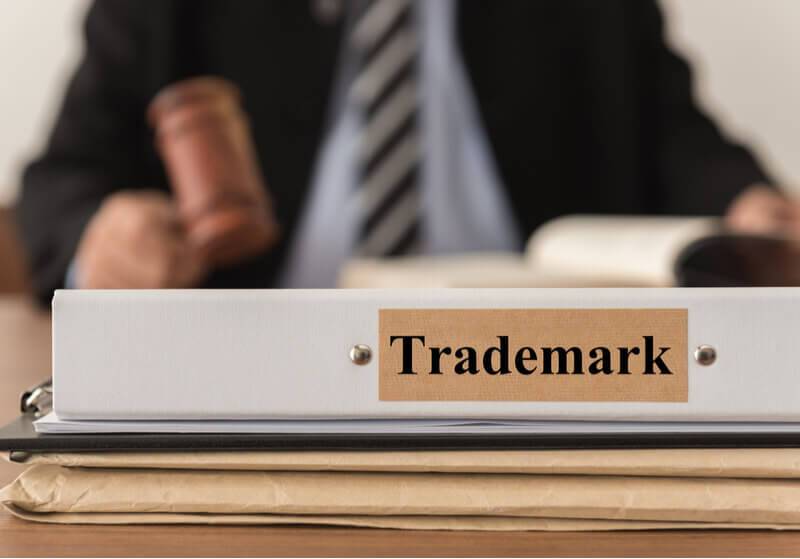Trademark Infringement in the Digital Ecosystem

By Daniel Peña Valenzuela
INTRODUCTION
The trademarks identifying goods and services are the industrial property right most akin to marketing and advertising strategies. Digital marketing has become the new frontier of promotion and the acquisition of new clients. The digital environment is the result of the use of the Internet in electronic commerce as a new channel for marketing products and services. Likewise, electronic media are used to carry out commercial propaganda and to position their corporate image.
The evolution of electronic markets is the result of an advanced digital ecosystem that is global network, www world wide web, as well as emerging technologies such as cloud computing, the internet of things, big data, blockchain and artificial intelligence, among other.
The digital ecosystem widens the possibility of distributing digital content and new digital products and services. The creation of new channels of interaction with customers as well as achieving personalized profiles of consumers. The potential of the digital ecosystem also announces threats that materialize in the growing digital insecurity as well as in the use by criminals and organized crime to take advantage of electronic media for their benefit.
Our law firm is specialized in Intellectual property and in Information Technologies. Have a look to this post and feel free to contact us if you want to know more about Trademarks in Colombia.
THE NEW DIGITAL SCENARIO OF TRADEMARK INFRINGEMENT
The infringement of industrial property rights, in particular of trademarks, finds a more risky scenario in the digital ecosystem. It is necessary for companies to be aware that it will be easier and less expensive to carry out trademark infringements and, therefore, will increase piracy on the Internet, the proof of infringement is more complex as it should be pursued in different countries and in most cases digital evidence must be presented.
The trademark infringement allows the illicit exploitation of the commercial reputation of others. As companies began to take an interest in their digital presence and advertising in cyberspace acquired maturity in the volume of investment and in strategic relevance, the interest of the infringer of trademark rights also gradually arose.
The trademark infringement is also a threat to property rights or private rights in their essence but for the general interest to undermine health, safety and market as well as the use of funds raised in illicit activities to finance illegal activities like terrorism
The global reach of digital ecosystems obliges trademark holders to initiate legal actions in jurisdictions other than their normal field of action and knowledge of laws. Emerging technologies can be used by organized crime with transnational scope to enhance their piracy activities, with which companies are exposed to their identity being used for criminal activities. For instance, Cloud computing allows the storage of content that infringes the brand without the transmission of information as in the traditional Internet. The blockchain can allow encrypted information systems that through intelligent or algorithmic contracts carry out illicit activities
In Colombia, trademark infringements may be known by private law judges who have jurisdiction for commercial matters in general and also by the Superintendence of Industry and Commerce, which is an administrative authority that is a specialized judge in industrial property. In the procedure, precautionary measures can be decreed to prevent the infringement of the trademarks from continuing or to obtain evidence of the infringement for the final judgment.
The damages may include direct damages such as loss of profits and consequential damages. These damages must be proven and must be set at the time of the claim (juramento estimatorio). There also exists as a consequence of the FTA (Free Trade Agreement) with the United States, pre-established damages that have a Table in which they are fixed for reasons such as the extension of the infringement or if a notorious or well-known mark is infringed.
TYPES OF TRADEMARK INFRINGEMENT IN THE DIGITAL ECOSYSTEM
Online trademark infringement covers traditional activities such as the sale of fake products through the Internet, as well as a range of practices that include search engine optimization (SEO), unsolicited email, phishing and cybersquatting. A relevant feature of the digital ecosystem is that new subjects appear who participate in the direct and indirect exploitation of brands and who have direct and indirect
responsibility for possible infringement.
- Brand owners
- Internet service providers
- Cloud storage service providers
- Social networks
- Search engines
- Digital markets and online sales platforms
- Domain name registrars
Everyone has a role, avoid online advertising of infringing products, disable sites that sell pirated products and prevent them from using the platforms to sell the infringements.
Infringements of trademark rights can be carried out through the Cybersquatting of trademarks the domain name system. To be able to attack a domain name registration, you can send claim letters.
The Uniform Dispute Resolution Policy UDRP that administers arbitration and mediation centers recognized as WIPO exists against cybersquatting. By means of the Policy it is possible to obtain the cancellation of the domain name or the transfer of the domain name to the applicant.
The requirements to achieve winning in a UDRP case:
- The plaintiff must show that the trademark and domain name are identical or confusingly similar.
- The plaintiff must prove the legitimate interests and rights with respect to the trademark.
- The plaintiff must prove bad faith in the registration and use of the domain name
In the UDRP it is not possible to request compensation for damages. The procedure is carried out on the digital platform. The duration of the procedure is approximately four months.
Online Trademark infringement can also be carried out through the illegal use of digital resources made available by new business models, such as keywords.
The analysis of the evidence regarding online trademark infringement is also relevant. At the beginning of the Internet, the anonymity of the global network was an incentive for pirates to use it. Later the traceability of the IP addresses, the centralization in the ISPs and the geolocation constituted a barrier but with the Deep web the charges against the holders of the Industrial Property were reversed again.
The effectiveness of digital evidence is the basis for the enforcement of industrial property rights in new media. It is not valid to demand greater requirements to the data messages than those that are required to a traditional paper document.
CONCLUSIONS
To mitigate the risks of trademark infringement in the digital ecosystem, companies must adopt Intellectual Property Protection Policies that include the digital ecosystem in terms of Prevention, Detection and Reporting to the authorities of Infractions. The fight against trademark infringement in the digital ecosystem is a responsibility shared by the private sector including the owners of trademark registrations but also the ICT sector, search engines, platforms and e-marketplaces, judges and tribunals and the Government.
The Uniform Dispute Resolution Policy UDRP that administers arbitration and mediation centers recognized as WIPO exists against cybersquatting.
Trademark infringements decisions in Colombia are issued by private law judges and Tribunals. The Superintendence of Industry and Commerce, the Colombian Trademark Office which is an administrative authority that is a specialized judge in industrial property is also an competent authority to decide about trademarks infringement. In the procedure, precautionary measures can be decreed to prevent the infringement of the trademarks from continuing or to obtain evidence of the infringement for the final judgment.
Companies must monitor online activities and social networks to detect possible infractions in the digital environment in order to claim and initiate the pertinent legal actions.
And if you want to know more about Trademarks, have a look to this video

Colombia closer to the transparency of extractive industry

International Joint Ventures (2013)


